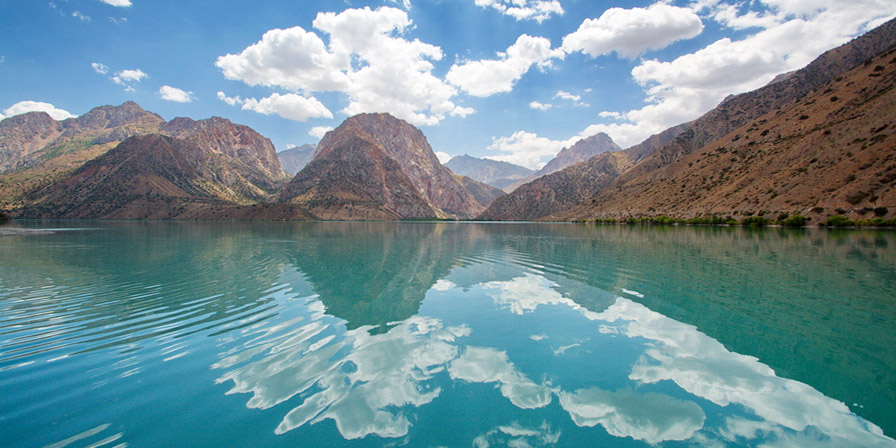Tajikistan is experiencing vital climate change challenges, especially concerning its water resources, which account for over 80% of the country’s climate change impacts. This was emphasized by Jamshed Shoimzoda, the First Deputy Minister of Energy and Water Resources of Tajikistan, in an interview with Report.az on the sidelines of the COP29 conference in Baku, Azerbaijan.

Water Resources and Climate Change
Tajikistan, which generates 60% of Central Asia’s water resources, is experiencing severe effects of climate change, with the most notable impact being the melting of glaciers. Shoimzoda pointed out that over the past 30 years, the country has lost more than 1,000 micro glaciers, which he described as irreversible losses that significantly disrupt the water balance of the region. This change has profound implications for the availability of water in the region, affecting both Tajikistan and its neighboring countries.
Shoimzoda noted that climate change-related disruptions to water resources account for 80% of the country’s climate challenges, underscoring the importance of water management in tackling the broader climate crisis in Tajikistan. Addressing these issues requires not only national measures but also cooperation at the regional level to ensure sustainable water use and management.
National and Regional Adaptation Efforts
While national adaptation efforts are critical, Shoimzoda stressed that addressing the broader global and regional climate challenges necessitates international collaboration. According to him, joint mechanisms—including financial support, environmental initiatives, and infrastructure development—are essential in tackling the severe impacts of climate change in Tajikistan and the wider Central Asian region.
Timely and sufficient climate financing is seen as a key factor in supporting the country’s efforts to adapt to these challenges. However, Shoimzoda highlighted a significant issue—delays in fund transfers from international financial partners often render adaptation measures obsolete or ineffective. He called for prompt and long-term support to ensure that Tajikistan can effectively respond to the climate crisis.
Energy Sector and Hydropower Potential
In addition to water resources, Shoimzoda also highlighted the potential of Tajikistan’s energy sector, particularly its hydropower capabilities. He noted that the country currently utilizes only 5% of its hydropower potential, while 95% of its energy generation is already green, meaning it is derived from renewable sources, primarily hydropower. This presents an opportunity for Tajikistan to further expand its clean energy production, contributing to regional and global sustainability efforts.
Comments (0)